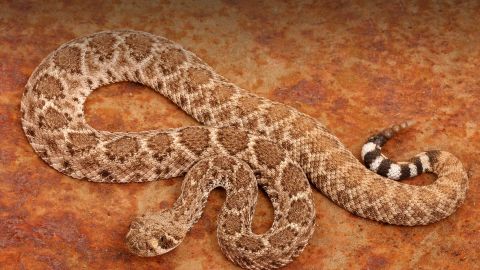How to identify poisonous snakes
2023-06-12 13:24:34
Identifying poisonous snakes is not always that easy. This is especially true if you come across one that is close by.

Most people tend to panic and this can cause any snake to strike. If a poisonous snake bites you, it is always helpful if you know what type of snake it was. Knowing this information can be a matter of life and death. The only snake that needs no introduction is the Rattlesnake, as it is known by the rattling sound its tail makes. Besides knowing the different types, the area you are in will limit the different types of Rattlesnakes you see. There a wide range of other poisonous snakes that you should learn to identify as well though.
The copper coloring on the head identifies the Copperhead. The color of the body is a chestnut color with crisscrossing brown bands that appear to be a geometric design. The bodies are thick and the average length is about three feet. Identifying poisonous snakes is done by looking at their color, head shapes and their body length. It is possible to see a snake and mistake it for another species if you are unfamiliar with the colors.
The Cobra is identified by the shape and size of the head. The Cobra is a sneaky snake and can strike from a distance. They body of the Cobra allows it to move quickly. Although this snake can attack people, it normally feeds on other snakes. Identifying poisonous snakes is done by their color and habitats as well. If a snake is a ground snake, you are not going to find it in the water. You will however find the Water Moccasin in water and on land.
It is important when identifying poisonous snakes that you are sure about the characteristics when you describe the snake. This is important if you have been bitten. Treating a snakebite requires special care and treating the bite the right way. If you or someone with you has been bitten, you should pay close attention to the color, shape and size of the snake. If the bite is not treated correctly, it could result in death.
There are bite treatments, but if you describe the snake incorrectly, you would not receive the correct treatment. When you are identifying it, you also should note the bite marks. If you see hollow marks, chances are that a venomous snake has bitten you.
Never Run from a Snake
If you run into a snake, you should never run if it is close to you. This will cause the snake to strike. Although your first instinct is to run, identifying poisonous snakes should be the first thing on your mind. If you are comfortable with how well you know the snake type, you can plan your next move. If it is a venomous snake , stand still and do not move. They do move away when something else catches their attention.













